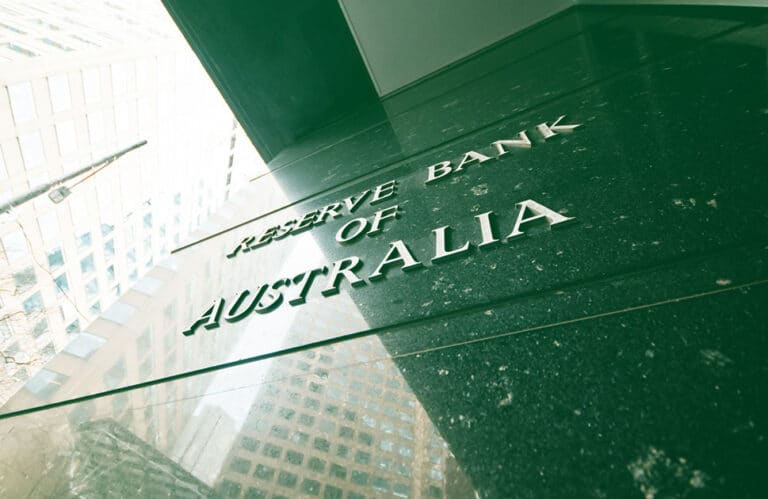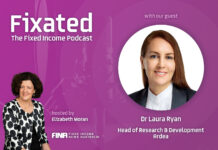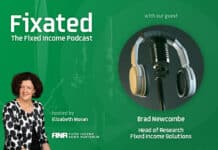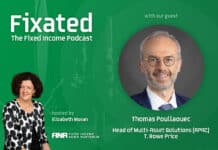
From Andrew Canobi, Director, Franklin Templeton Fixed Income
“Today, the Reserve Bank of Australia (RBA) announced its first rate cut since 2020, reducing the cash rate by 25 basis points (bps). Historically, when the RBA shifts policy- whether easing or tightening- it tends to move in cycles rather than making isolated adjustments. Over the past 25 years, the average total adjustment in such cycles has been 300 bps, with the smallest cycle (2009–2011) amounting to 175 bps.
“A single 25 bps cut is unlikely to be the full extent of this cycle. However, even a 75 bps reduction could prove challenging in an economy where unemployment remains at 4% and consumer spending picked up in late 2024, as reflected in recent retail sales data.
“While the latest inflation figures were encouraging, they are heavily impacted by government subsidies across key sectors- including utilities, transport, and housing- making it difficult to gauge the true underlying inflation rate.
“Adjusting for these subsidies, core inflation likely sits closer to 0.6%, slightly better than the RBA’s 0.7% forecast, but not as significantly as headline figures suggest.”
Why today’s rate cut won’t spark a bond rally?
Despite the RBA’s decision, a bond rally remains unlikely for two key reasons according to Canobi.
- Market pricing already reflects expected cuts: The market has already factored in three rate cuts this year, projecting the cash rate to decline toward 3.6%. For bonds to perform meaningfully from here, the RBA would need to deliver more cuts than currently anticipated. Without a major economic downturn, the large rate cuts seen in previous cycles appear unlikely.
- A higher neutral rate limits further declines: A return to the pre-COVID cash rate of 0.75% is improbable. The neutral policy rate now appears to be significantly higher- likely in the range of 3.0–3.5% or more.
Also read: Macquarie Adds New Active Fixed Income ETFs
Fair value for a 10-year Australian Government bond is typically calculated as the expected average cash rate over the period plus a term premium.
Assuming the cash rate is cut by 75 bps to 3.6% this year and remains there on average over the next decade, adding a 100 bps term premium suggests a fair value of 4.6%—only marginally higher than the current 4.5% yield.
Given our view that the easing cycle will be shallow, we have maintained a shorter duration in our portfolios, favoring relative value opportunities across Australian, New Zealand and US rates. While select credit segments continue to offer attractive excess yield, the potential for capital gains remains limited due to tight spreads.
As the cash rate trends toward 3%, term deposit rates will likely follow. Meanwhile, we anticipate total returns of 6%+ for our portfolios in 2025, consistent with the past two years—delivering steady performance ahead of traditional government bonds.





























